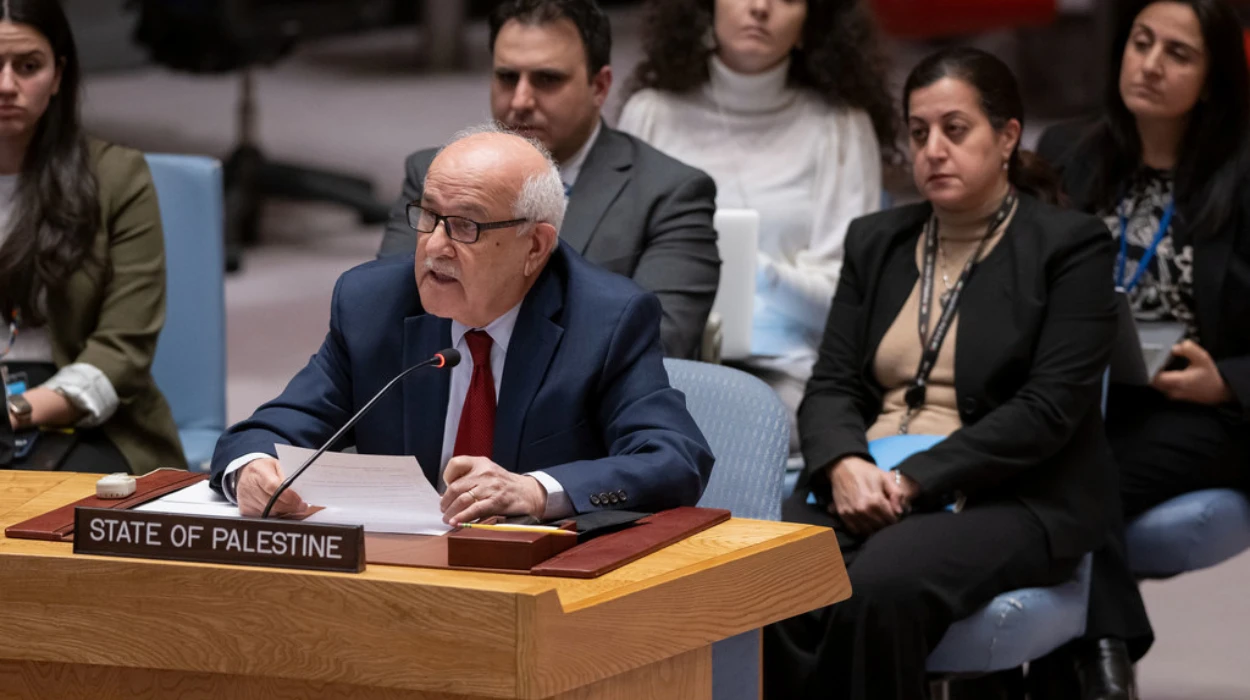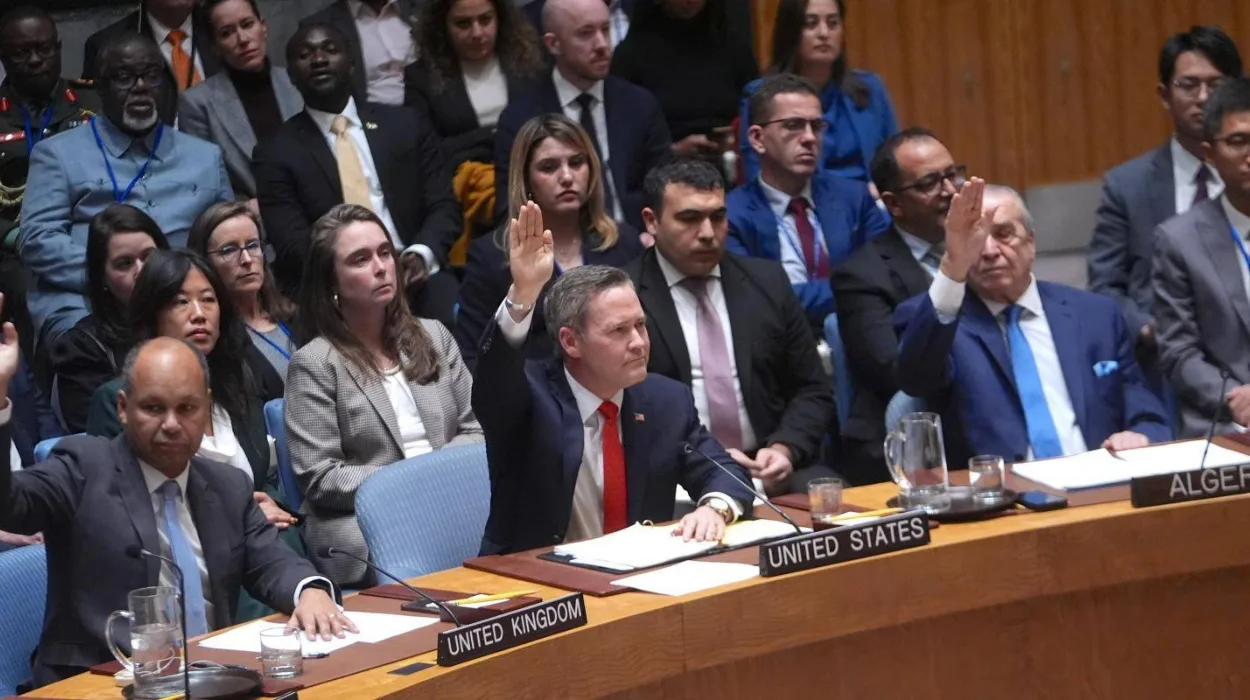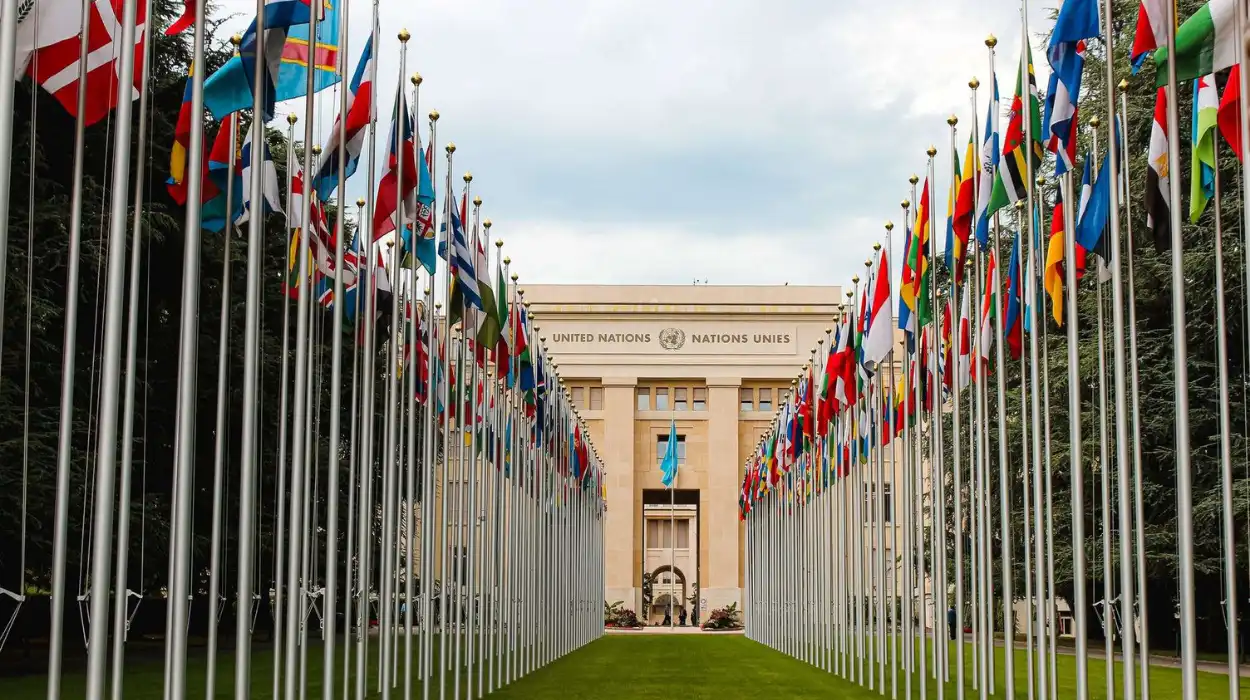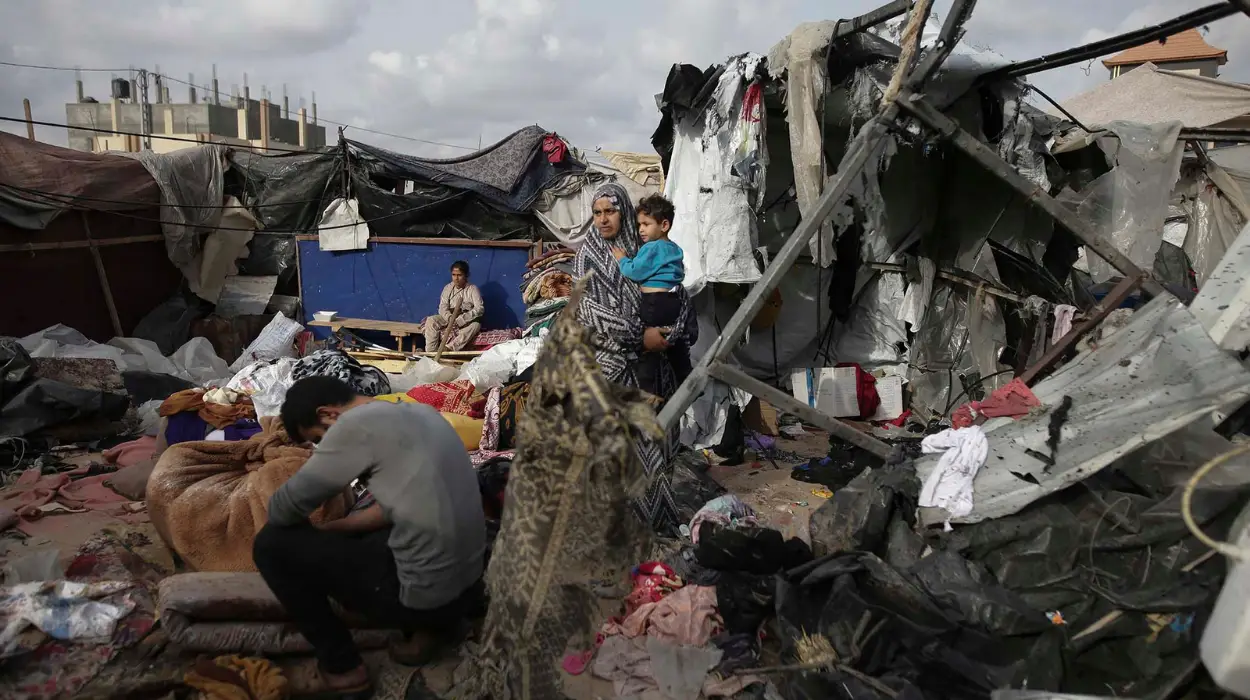The world now has its center of the largest displacement crisis in Sudan, with more than 15 million people displaced in violence since April 2023. In May 2025, the Internal Displacement Monitoring Centre stated that the number of people living in internal displacement was a record 11.6 million people, up nearly 2.5 million on the year before. The data presented by UNHCR speaks in favor of this argument and shows that, as of June, 2025, there were a minimum of 12.4 million persons displaced forcibly, of whom 8.1 million are displaced within the country and 3.9 million displaced across the borders into neighboring states like Egypt, South Sudan, Chad, Ethiopia, Libya, and the Central African Republic. This implies that nowadays, the proportion of Sudan hosting internally displaced persons in the world stands at about 15 percent.
This crisis is massive, even compared to the displacement emergency in Syria and Ukraine. The South Sudanese experienced an influx of returning Sudanese refugees, which exceeded a million people by the spring of 2025 and placed additional pressure on the struggling country’s resources, leading to further instability. The humanitarian situation in Sudan is already complicated because health facilities and infrastructure are attacked as well, which means that essential interventions are almost impossible.
Humanitarian Catastrophe and Famine
The humanitarian requirement in Sudan is appalling. In 2025, over 30 million of the nation’s population (more than half) will need help, among whom 16 million will be children. The UN reports 24.6 million people to be living in acute food insecurity, and famine was also confirmed in northern Darfur and 17 other areas to be in danger. The failure of agriculture and the agricultural supply chain, and serious violence, have pushed the nation towards starvation. According to the World Health Organization, at least 60,000 cases and more than 1,640 fatalities of cholera have been recorded, and the health systems in most areas have been brought to the brink.
Three-quarters of the health facilities in conflict areas are not working, and hospital attacks are rampant. In 2024, the economy is projected to shrink by 18 percent in the light of inflation, cash shortages, and a dysfunctional banking system; all of this contributes to increasing the level of affliction.
Violence, Atrocities, and Human Rights Abuses
The nature of the violence in Sudan is extreme brutality, which is exercised on civilians. The displacement of millions of people due to the activity of the Sudanese Armed Forces (SAF) and Rapid Support Forces (RSF) is a painful beginning, but not the last word. The Human Rights Office of the UN has reported the intentional violence against civilians, including IDP camps, schools, and markets. Sexual violence including rape, torture, illegal killings and ethnically-based executions are common.
According to Volker Türk, the UN High Commissioner of Human Rights, “Entrenched impunity fuels atrocities. Investigations must bring perpetrators to justice.” In January 2025, the U.S. Department of State concluded that the RSF had been genocidal, directly or indirectly killing by ethnicity, committing systematic rape, and denying lifesaving assistance. SAF, RSF are both accused of war crimes, and the small armed groups, as well as militias, contribute to this confusion.
Aid Blockades and Humanitarian Access
Access to humanitarianism in Sudan is systematically inhibited. Aid organizations encounter bureaucracies, convoy attacks, and a direct, aggressive approach by militant organizations. According to Mona Rishmawi of the UN fact-finding mission, “Aid is being strangled, and civilians are being starved.” In 2024, 12.7 million people received aid, but the funding is at 20 percent of the 2025 Humanitarian Response Plan, and needs are rising faster.
Registering the new arrivals, relocation of the people, identification of the vulnerable families, and a response to gender-based violence are the current priorities of the humanitarian agencies. These are, however, very risky attempts because of the magnitude of displacement and the intensity of conflict.
Regional Spillover and the Strain on Neighbors
The crisis in Sudan does not exist within its boundaries. South Sudan is already in possession of more than one million slowly returning and newly arriving Sudanese refugees, and Chad, Ethiopia, and Egypt face a similar tidal wave. Such countries have their internal struggles, food insecurity, and epidemics, which they now have to grapple with as a result of the influx of the Sudanese. Chad and Ethiopia have recorded cases of cholera outbreaks due to the influx of refugees, and South Sudan is not an exception, as the internal displacement crisis in the country has escalated to over two million displaced people.
The regional effects are extreme, and humanitarian organs have issued warnings that a “catastrophic spillover” will occur unless a stable situation is achieved in Sudan. This response by the international community has been weak and under-financed, and it is the neighboring countries or communities who have to take most of the brunt of the damage caused by the crisis.
Health System Collapse and Famine
The Sudan health system is disintegrating due to war and forced migration. Three-quarters of health institutions in conflict areas are not functioning, and assaults on the medical institutions have become commonplace. The prevalence of cholera, malnutrition, and measles is rampant, with about 60,000 cholera cases and more than 1,640 deaths during the first half of 2025.
There is famine mainly in North Darfur, and the risk is spreading to other areas. Acute food insecurity remains a problem as it covers 24.6 million people, of whom 4.9 million are acutely malnourished children and pregnant women. This has been a problem, especially when armed groups deliberately attack food supplies and markets, and millions are on the verge of starvation.
The Plight of Refugees and Internally Displaced Persons
There are unprecedented sufferings among the displaced persons in Sudan. Numerous individuals have been displaced numerous times, trying to find a safe place either in overpopulated camps or in refugee countries. Importantly, the refugees, asylum-seekers, or those requiring international protection make up 2.7 million of the Sudanese all over the world, recorded by the UNHCR6. Even before the recent conflict, Sudan was already the second biggest refugee accepting country in Africa. Currently, the refugees and asylum-seekers in Sudan has decreased by 13 percent since the beginning of the year 2024, with secondary displacement and cross-border movements gaining momentum.
The case is especially severe among women and children. Violence such as rape and exploitation is prevalent in displacement camps on a gender basis. Children on their own are vulnerable to being trafficked and abused, and families can hardly obtain food, water, and health care.
International Funding and Response Gaps
The effort by the international community to respond to the crisis in Sudan has been inadequate despite the magnitude of the crisis in Sudan. The Humanitarian Response Plan for 2025 is only funded at 20 percent; many people lack proper systems to support them. In 2025, the European Union allocated only 160 million, but the demands are much higher. UNHCR has estimated to spend 416.7 million in 2025 to sustain operations and activities in Sudan.
The aid organizations are issuing warnings that the humanitarian crisis will escalate unless it gets more funds and unfettered access. Mohamed Chande Othman, who led the UN fact-finding mission, emphasized that, “Arms flows directly enable violence against civilians.” The conflict and sufferings are being extended by the inability to stop the weapon trafficking and bring those responsible to book.
Why Sudan’s Suffering Goes Unchecked
The plight of Sudan has remained more or less unleashed by impunity, geopolitical disregard, and strategic denial of humanitarian activities. Irrespective of international humanitarian law, the belligerents still employ heavy weapons in crowded places. The international community has been unable to marshal powerful diplomatic or financial responses, and sanctions or accountability actions have been minimal.
Volker Türk, Human Rights Chief of the UN, issued a warning that “Some acts may amount to war crimes,” pointing out the dire need for justice and investigations. The same was echoed by Mona Rishmawi, who said that, “Targeting food, medicine, and aid workers violates international law.” However, no one can stop the violence, and millions of people are left to live their own lives.
Media Perspectives and Eyewitness Testimony
Hudson Charles has presented his view on this crisis in an interview on BBC World News. He explained how many people have become displaced and how Sudanese families end each day, and pointed out that no one was paying attention and that something should be done. Hudson talked about the plight of families who had to flee several times, the crumbling of essential services, and the strength of people against all odds. His reporting highlights what the statistics represent in human lives lost and the action that is required on the global level.
The Road Ahead for Sudan
The displacement crisis in Sudan should be seen as a warning shot of what occurs when violence, famine, and disease are left uncontrolled to go on a rampage. The greatest displacement crisis is being witnessed in real time in the world, and millions of people face the risk with a slight chance of quick relief. With the country approaching its third year of fighting, there has never been a higher demand to have an internationally coordinated response, more allocation, and accountability for atrocities. It is the issue of millions of people lying in the balance, and the world should not turn a blind eye.









